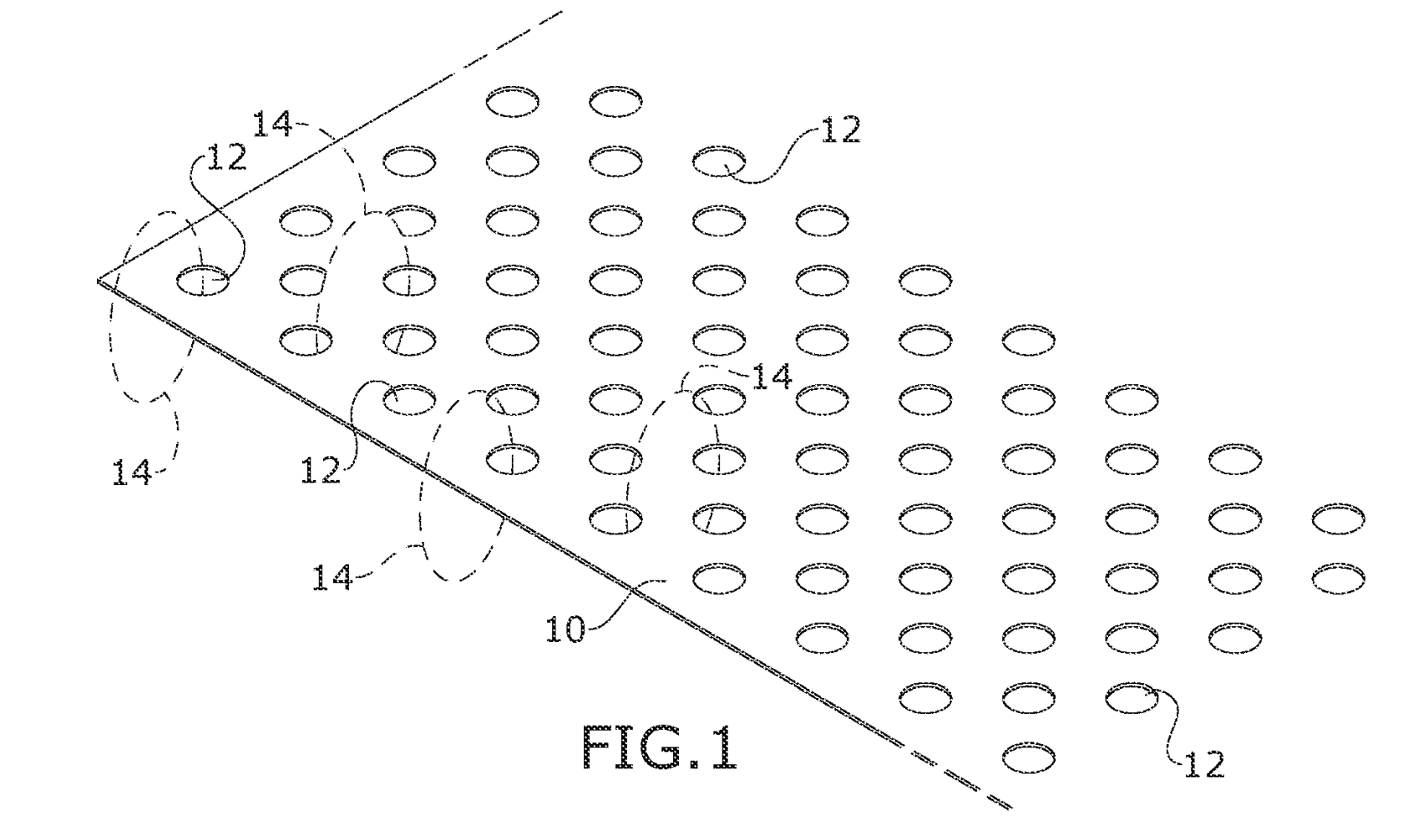Insider Brief
- A blockchain company reports that their patent application for a superconductor was approved.
- These systems would enable highly efficient and lossless electrical conductivity without the need for expensive and energy-consuming cooling systems.
- Room-temperature superconductors would certainly influence quantum computing.
The room-temperature superconducting space has suddenly become white hot.
Not a week after a Korean team of researchers released a paper on the preprint server about their proposal to create a room temperature superconductor, a blockchain company reports that their patent application for a superconductor was approved.
Room-temperature superconductors are crucial because they offer the potential to revolutionize energy transmission, storage, and a wide range of technologies by enabling highly efficient and lossless electrical conductivity without the need for expensive and energy-consuming cooling systems, which is currently required for traditional superconductors operating at extremely low temperatures.
Because quantum computers require sophisticated cooling systems, any advance in room-temperature superconducting would likely have a huge impact on quantum technologies.

Numerous attempts at creating such a device have been proposed over the year — and all of them have fallen short of scientific replication. Meaning: they don’t work, at least for the non-conspiratorial types.
The latest patent is about a special kind of superconductor called Type II. It is made using a material made of perforated carbonaceous material — small holes — that has another special substance — referred to as an activating material — applied on its surface. The activating material is a type of liquid that doesn’t have certain chemical bonds called Pi-bonds. To create this superconductor, they make holes in the carbon material and put the activating liquid on it.
The patent also talks about a superconductive cable. This cable has wires made of the perforated carbon material soaked in the activating liquid. These wires are placed on a non-metallic base, separated by non-conducting spacers, and covered with an insulating layer. The interesting thing is that this superconductor can carry electricity at normal room temperatures and even higher, which makes it really useful for various applications.
The applicants are listed as John A. Wood and Paul J. Lilly. Both of the applicants seem to be attached to Taj Quantum.
According to the website, Taj Quantum offers PQR encrypted secure communications (video, voice, text, and video conferencing) and private/public blockchain capabilities suitable for both commercial and Government needs. Additionally, Taj provides product development and engineering services that aid Government contractor organizations in achieving PQR compliance and enhanced capabilities, giving them a competitive advantage.
It’s important to note that patents — even when approved — may or may not have gone through the scientific process, or have shown to be replicable or scalable.
Time — and lots of replication to verify the effects — will tell the tale whether this device will achieve one of the most sought-after scientific achievements — a superconductor that can operate in cool temperatures.
For more market insights, check out our latest quantum computing news here.



















